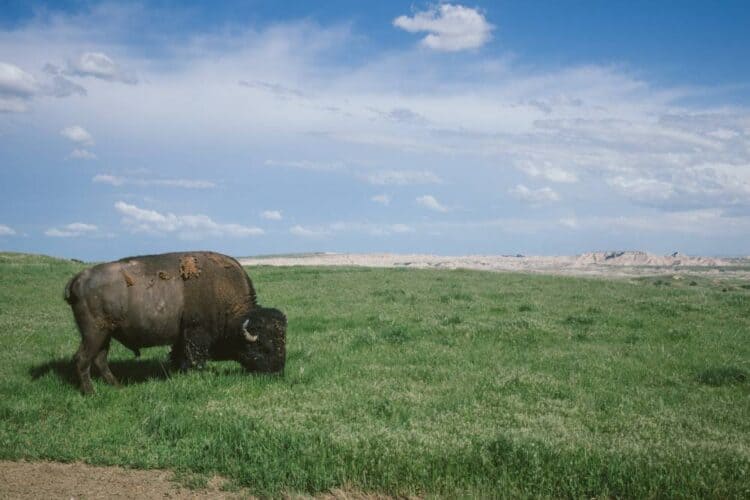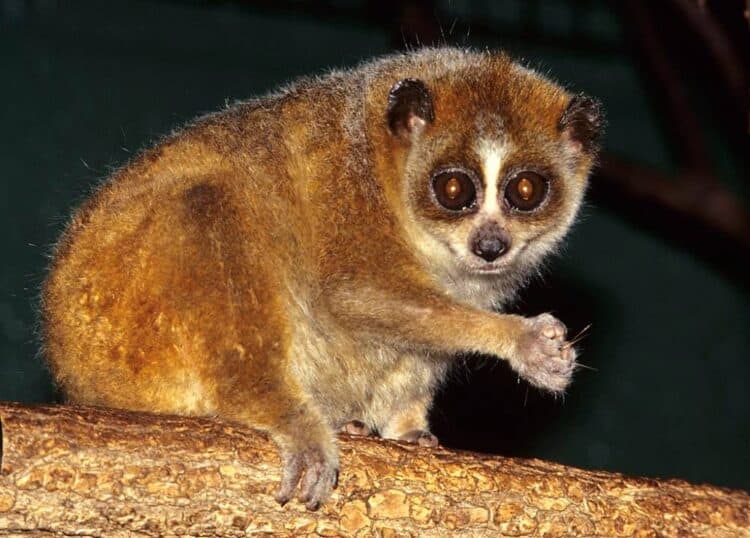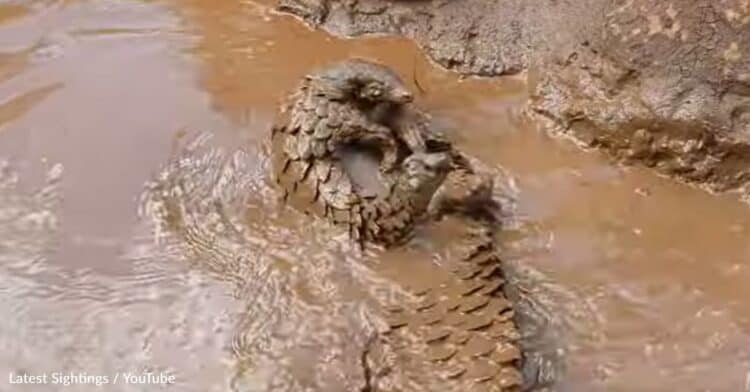American Crows are a familiar sight across the country, common everywhere except our hottest and driest deserts. While crows in folklore and fiction are often associated with trickery and death (a group of crows is, after all, called a “murder”), recent research has shed new light on just how intelligent and family-oriented these birds can be.
So throw out any proconceived notions you might have about crows, and get to know one of America’s cleverest birds a little better below.
1. Wondering what that big black bird is overhead? The American Crow is one of just two species of crow commonly seen in the mainland United States, the other being the Fish Crow. Until recently, there was a third species called the Northwestern Crow, but it was absorbed into the American Crow in 2020. Another species, the Tamaulipas Crow, is an infrequent winter visitor to the southern tip of Texas.
2. American Crows are easy to confuse with Fish Crows, as well as their other close relative, the Common Raven. Luckily, there are some tricks for telling them apart. The Fish Crow is slightly smaller, but the surest way to distinguish it from an American Crow is to listen for its distinctive nasal call. Fish Crows typically stick near water and are most common near the Atlantic and Gulf Coasts, but they also can extend far inland along river valleys. Common Ravens are heftier, with a bigger beak, shaggier throat feathers, and a wedge-shaped tail. Listen for their croaking call.
3. If you still have a hard time telling these species apart, don’t beat yourself up too much—crows and ravens are all members of the same genus, Corvus. There are more than 40 different species in the genus, spread out across every continent except South America and Antarctica, as well as several Pacific islands. We typically refer to the big ones as “ravens” and the smaller ones as “crows,” but there’s no real genetic basis for the two categories.
4. Crows and ravens are some of the smartest animals in the world, with their intelligence considered on par with chimpanzees. The New Caledonian Crow is probably the most famous example of one sign of intelligence—tool use—but this behavior has been recorded in several other species of Corvus as well. Examples of tool use in American Crows include a captive individual dipping a cup in some water to moisten a container of dry food and a wild crow ripping off a splinter of wood from a fence to try to spear some prey in a hole. Read more: Bird Brains: The Intelligence of Crows, Ravens, Magpies, and Jays.

5. Crows might be associated with carrion, but the crafty corvids are opportunistic eaters who use their intelligence to eat just about anything—from crops to other birds’ eggs—they can get their beaks on. American Crows have been seen digging pits to forage for clams, distracting river otters to steal fish, dropping nuts on hard surfaces to open them, and stealing pet food from outdoor dog dishes.
6. Crows’ penchant for crop thieving in particular has made them some enemies over the years. (Scarecrows and other figures meant to frighten crop-destroying birds go back centuries.) In the 1930s, there was even a brief attempt to eat away at their numbers by popularizing them as a dinner item. A man in Tulsa, Oklahoma hosted a series of “crow banquets” to prove how tasty the birds were, and apparently impressed the governor of Oklahoma so much that he established a “Statehouse Crow Meat Lovers Association.” Luckily for the crows, however, eating crow never really caught on—the fad faded by the early 1940s.

7. That’s probably for the best, because crow communities can hold a grudge for generations. A team of researchers at the University of Washington ran an experiment where they captured American Crows in nets while wearing a caveman mask, then released them back onto campus. When the researchers later walked across campus wearing the same mask, the crows scolded and dive-bombed them. More than 10 years after capturing just seven crows, more than half of the crows on campus still raised the alarm at the sight of a caveman mask.
8. Recent research has also shown that crows are also known to hold “funerals” and “wakes.” When an American Crow finds the dead body of another crow, it will call out to alert others in the area, who will gather and begin to make a ruckus themselves. Researchers think the behavior helps crow communities learn about potential threats (like those researchers in caveman masks), so that they know which locations and predators to avoid in the future.
9. This communal learning is possible because crows are particularly social and family-oriented birds. American Crows will form large flocks to forage at garbage dumps and farms during the day, and they roost in numbers ranging from hundreds to two million in the winter. They also form close family units of up to five generations. Yearlings and two-year-olds will even give their parents a hand with chick-rearing, helping to build the nest, keep it clean, and feed their mother while she’s sitting on the nest.
10. American Crows’ smarts and adaptability have served them well in the Anthropocene. They’ve been getting more numerous in recent decades, especially in urban centers. According to BirdLife International, their population has grown by nearly 20 percent each decade for the past 40 years. The total breeding population of the species is currently estimated to be 27 million.
This article by Rachel Fritts was first published by Audubon on 25 August 2021. Lead Image: American Crow. Photo: Arto Hakola/Alamy.
What you can do
Support ‘Fighting for Wildlife’ by donating as little as $1 – It only takes a minute. Thank you.
Fighting for Wildlife supports approved wildlife conservation organizations, which spend at least 80 percent of the money they raise on actual fieldwork, rather than administration and fundraising. When making a donation you can designate for which type of initiative it should be used – wildlife, oceans, forests or climate.







Leave a Reply